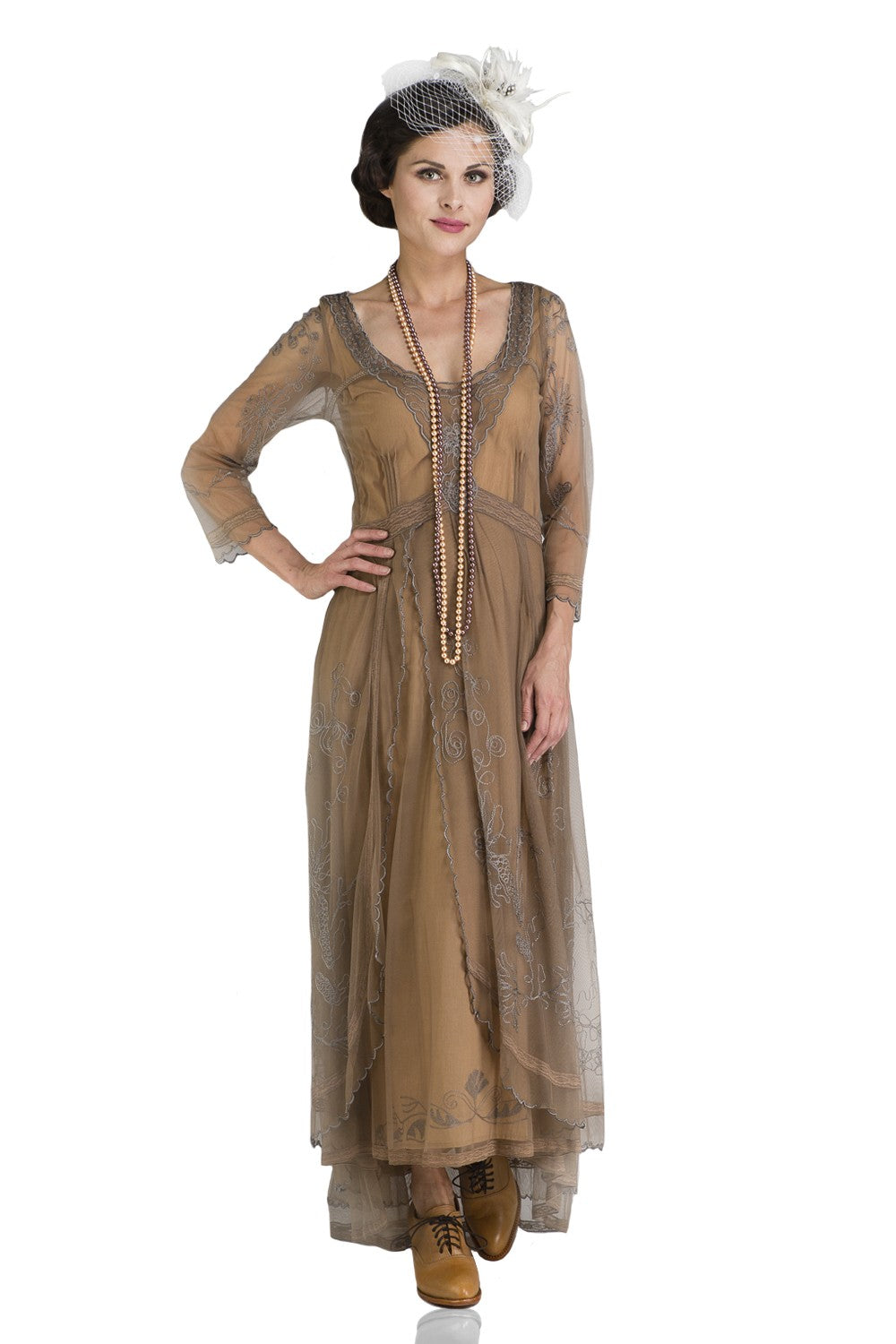Victorian Wedding Fashion: Tradition and Preparation for the Ceremony Part I. Dress of the bride
by Karen
The Victorian wedding traditions that have developed during the reign of Queen Victoria have had a big impact on how they celebrate the wedding day to this day. It was a truly intense fashion period, still inspiring designers, brides, and, of course, needlewomen. The wedding day is the most significant event in the life of a Victorian girl. By this day, her mother had been preparing her since birth, because the Victorian girl knew no other purpose in life. She will marry, and she will marry successfully.
Select a date
The wedding itself and the events preceding the ceremony are sustained in ancient traditions that had a great influence on the culture of the Victorian era. First of all, the girl had to choose the date of the wedding.
June has always been the most popular month, since it is named so in honor of Juno, the Roman goddess of marriage. It will bring prosperity and happiness to all who marry in her month. This tradition has a practical advantage - the June bride, most likely, will give birth to her first-born in the spring, and will be able to fully recover for the autumn harvest festival. June also marked the end of Lent and the advent of warm weather. According to old traditions, it was a time when you can remove warm clothing and take your annual bath. The annual bathing was traditionally carried out in May, when all the members of the family were bathed in seniority. Thus, the brothers in June were clean (as much as possible, a month after taking a bath).
April, November and December were also honored, as they did not intersect with peak working hours for farming. October was a favorable month, meaning a rich harvest. May, meanwhile, was considered unhappy. "Marry in May and regret this day," says the old adage. Another says: "Marry in the glow of September, and your life will be rich and kind."
The brides were no less superstitious about the days of the week. For this, there is a rhyme:
Marry on Monday for health,
Tuesday for wealth,
Wednesday the best day of all,
Thursday for crosses,
Friday for losses, and
Saturday for no luck at all.
Wedding dress After the bride chose the wedding day, having fulfilled the duty entrusted to her by the bridegroom, she could start planning her dowry, the most important element of which was a wedding dress. The bride did not always wear white at the wedding ceremony. In the 16th and 17th centuries, for example, young girls married in a pale green, symbolizing fertility.

Adult girls, over twenty, wore a brown dresses, and mature women could wear all black.
And on February 10, 1840, the reigning Queen Victoria marries. She is 21 years old, she is young, smart and full of energy and, interestingly, she marries for love, to her cousin Prince Albert Saxe-Coburg-Gotha. She takes a non-standard decision, choosing a white wedding dress and giving up the tradition to put on the veil that she inherited from her mother. Instead, Victoria orders a new veil, trimmed with Catalan lace and fleur-d'orange flowers. The wedding dress of the early Victorian period consisted of a narrow corsage in the figure that creates a thin waist, and a lush skirt on the crinoline. They sewed it from muslin, tulle, lace, gas, silk, linen or cashmere. The veil was of thin gas, clear cotton or lace. The acceptable price of a wedding dress in 1850, according to catalogs, was $ 500 for a dress and $ 125 for a veil. More chic lace dresses cost three times as much. Formal weddings during this period were held in all white, including the bridesmaids' outfits. The bride's veil was attached to a flower wreath, usually from orange blossoms. Other accessories of the bride were short white gloves, a handkerchief with embroidered initials of her maiden name, silk stockings with embroidery in front and shoes on flat soles decorated with bows or ribbons. Brides of the Wild West of the 1850s and 60s usually chose cambric, woolen or linen dresses of different colors in combination with white, later this outfit was used for celebrations and church visits. Many covered their shoulders with a warm, motley shawl with a paisley or a cage. After the wedding, the shawl was worn on christenings, holidays, and in the winter they sheltered her like a quilt. A warm shawl was valued above the wedding dress. Here are a few examples of Victorian checkered dresses, though not wedding dresses, but well illustrating the variety of fashion of the time. The middle of the Victorian era, the 1870s marked the emergence of a well-to-do middle class, who wanted to demonstrate their prosperity. Wedding dresses created by the House of Worth in Paris were a symbol of high status. Those who could not afford the original, diligently imitated them. Long trains became part of the outfit in the same way as long veils, a bustle, elegant ornaments and two corsages (modestly appointed for a wedding and more open for festivities) were. In the late Victorian period (1890s), a bustles began going out of fashion, trains became shorter, and dresses developed bulky sleeves. If the bride was married in church, the dress should have a train and a veil of silk or lace of the same length. It was customary to cover the bride's face with a veil until the very exit from church. The veil was no longer used after the wedding as a cloak. The white gloves were so long that they could be tucked into sleeves, and on one finger the glove had a cut through which it was possible to put on the wedding ring without disturbing the outfit. Shoes with a small heel were made of white leather, satin or brocade.






















Leave a comment